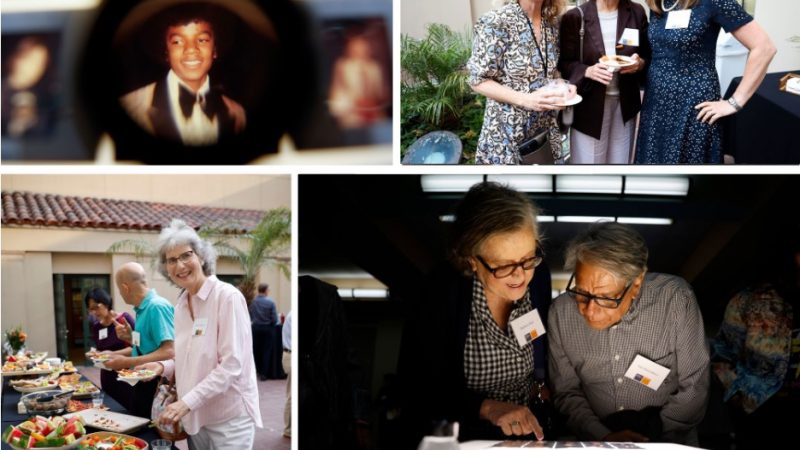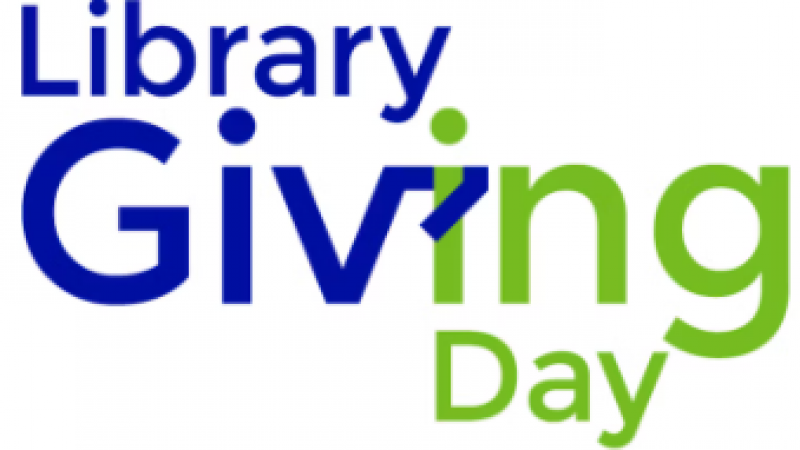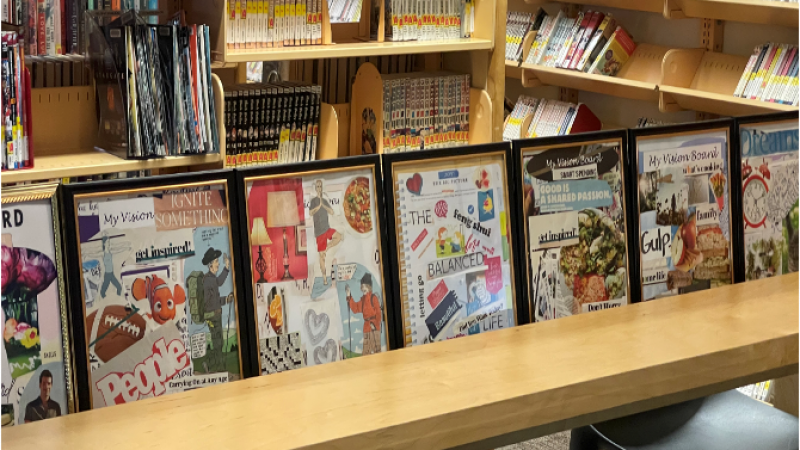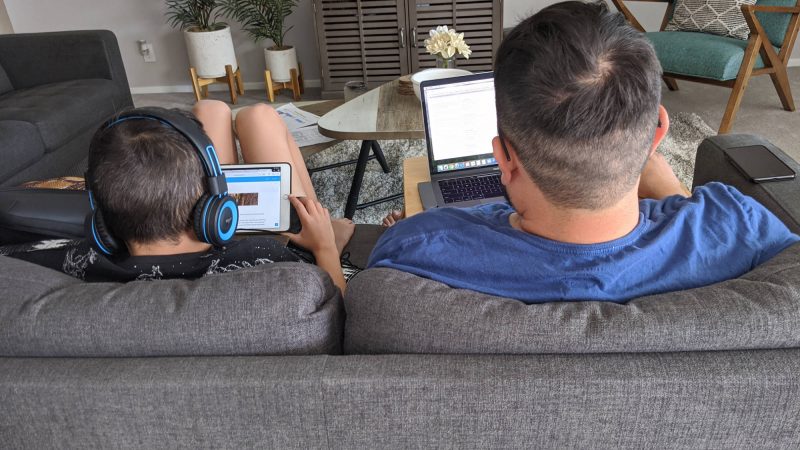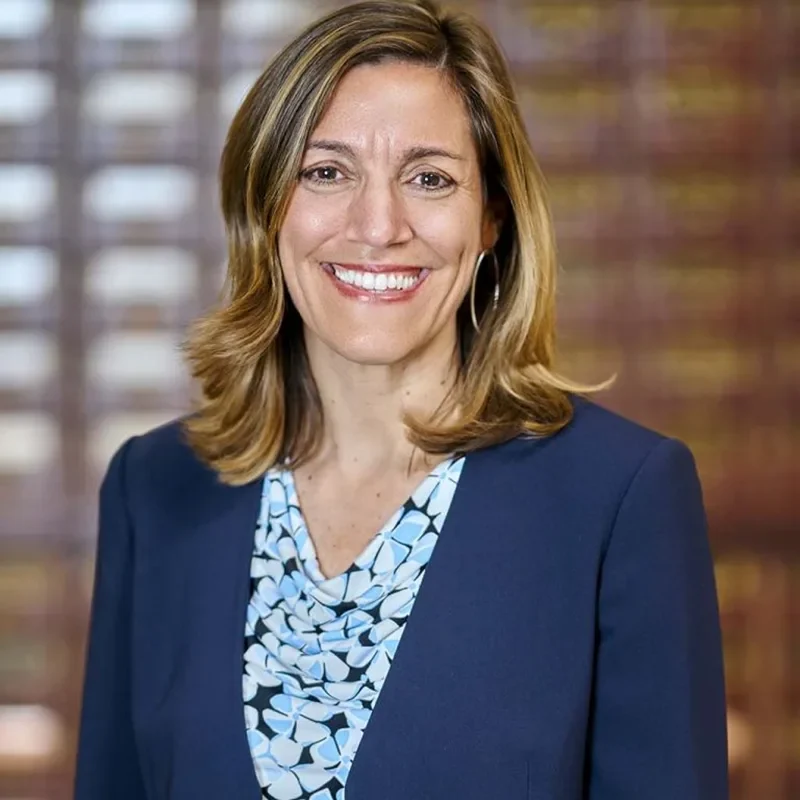Tonight, July 24 at ALOUD, the 17th edition of the annual newer poets program comes to the stage with six of Los Angeles’ freshest voices. There’s still time to reserve your free ticket here. To get ready for this event, we caught up with the guest curators of the event. In Part One, we caught up with Gail Wronsky, and Part Two, with Eloise Klein Healy. Here, Suzanne Lummis, the poet, creator and director of the Los Angeles Poetry Festival and longtime instructor at the UCLA Extension Writers’ Program, traverses the exploding nooks and crannies of the Los Angeles poetry scene.
Can you talk about your own writing life in L.A.? How does the city influence your work?
Suzanne: Some people need to retreat to a remote place in order to write—for the most part I thrive on the expansiveness and the variety of this huge metropolis, the bombardment of sensations. I love to drive, at least I do when I’m not in a log jam on the freeway, or trying to back up. (I hate backing up; few things make me feel more vulnerable). But contrary to how some see and portray Los Angeles, there’s an abundance of nature here too, certainly here in Highland Park, and that contact with the natural world has produced some interesting results in certain of my poems. It’s urban nature—strange and rather fierce.
How do you think the L.A. poetry community has evolved over the years?
Suzanne: Just as it seems the Los Angeles Poetry community can’t get any bigger it expands exponentially—Pow! It was kind of semi-centralized when I first arrived in 1979. Now it’s composed of more little coteries and circles of poets than anyone can keep track of. Most of these overlap, but others are more or less self-contained, floating off by themselves.
The Long Beach region’s just hopping and jumping. Some young folks down there started up a little press called Write Bloody and Bank-Heavy Press, and a whole scene sprang up around that; and a lot goes on at CSU Long Beach. And Mt. SAC College has been producing readings and writers’ conferences, there on campus and over in Glendora. And certain folks in the Glendora fraternize with the San Gabriel Valley poets… on and on. In fact it’s hard to talk exclusively about Los Angeles Central, without acknowledging all these outlying poetry coteries that border L.A. Ultimately, though, I’m interested to see what new poets will emerge from this aggregate of creative communities to assert themselves as disciplined, distinctive, compelling, uncommonly talented writers.
What are some of your favorite local venues to for poetry?
Suzanne: Beyond Baroque Literary Arts Center in Venice, the mecca for Southern California poets, tops the list, but I also think of the fabulous art gallery and community center out here in Northeast L.A., Avenue 50 studio, which has all kinds of lively events with special attention to poets of the East end of the city. The Valley Contemporary Poets series—known everywhere as “The VCP”—is the second longest running poetry series in Los Angeles. They’ve moved around a bit, but right now have a lovely venue in Tarzana. Oh, and of course Rick Lupert’s series, The Cobalt Cafe in Canoga Park, and Larry Colker’s Coffee Cartel in Redondo Beach are longtime mainstays of the community; every poet knows them. I’ve attended marvelous events at The Ruskin Club over the years, in that gorgeous space where a fine reception follows the reading. Besides Newer Poets, the other high profile, very well attended annual poetry reading I’m aware of takes place at El Alisal, the “Lummis Home,” for the Festival of Northeast Los Angeles, first Sunday in June.
As a curator of this Newer Poets event, what speaks to you in selecting participants to read on the library stage?
Suzanne: First and foremost the poets selected should have ten minutes of accomplished, effective poetry—not just, say, three strong poems, three in-progress poems and two bad ones. Secondly, I look for strong presenters—not big time performers necessarily, but poets who are audible, expressive and able to connect with an audience. Finally it’s important to me that they’ve worked at the art and craft of poetry and are committed for the long haul; they’re not just hobbyists. Beyond that, it’s nice if they’ve begun to find a place in the community, and have supported other poets, gone to readings, been involved. Oh, and one more criterion; I always hope to find poets who aren’t too altogether similar in style and approach to language. The series works best when it presents a range of voices and styles.
Can you give some background to the poets you selected to read for the event?
Suzanne: I’m delighted with the pairing of Angela Penaredono and Rolland Vasin; these two have all the qualities I mentioned. Angela was born in the Philippines and many of her poems take place in that environment or in some way concern that culture, and often there’s a lushness to her language. It’s imagistic, tactile, sensuous writing. For those in the grass roots poetry community, Rolland will be one of the best known and most recognizable of the Newer Poets in recent years; he’s read all over and has generously attended and supported readings as an audience member. And, wow, here comes that performance energy. He’s got presence. Angela and Rolland have honed their writing in workshops, with me as well as other poet-teachers.
How are libraries important to you and for writers/poets today?
Suzanne: In some ancient civilizations poets were called “the keepers of the word,” but, really, libraries are the ultimate keepers of the word. The library collects and holds onto books I can’t get anywhere—at least not easily—except at the Central Library. After the recent funding cuts, I believe virtually all the poets I know campaigned and signed petitions on behalf of the library to restore its funding. But it wasn’t only the poets and writers, people all across the city rallied around the libraries—finally, something everyone could agree on!
A poem by Suzanne Lummis (first published by The New Ohio Review):
Another Poem After César Vallejo
I will die in Paris, on a rainy day,
on some day I can already remember.
I will die in Paris—it does not bother me–
perhaps on a Thursday…
– From “Black Stone Lying Upon a White Stone”
I will die in a freight elevator between the fifth
and sixth floor, on a weekend, or perhaps a Monday
following the end of Daylight Savings. Yes,
it will be a Monday following the end of Daylight Savings,
because now, as I write these lines, I’m cranky,
as though cheated of an hour’s sleep.
It will be a day of rain, the same quality of rain,
the same aguacera, that carried off Cesar Vallejo,
though I won’t be outside to enjoy it—
passing with my umbrella beneath canopies of shops,
by little fruit markets—I’ll be stuck in some freight elevator.
Suzanne Lummis is dead,
and already a newsman is composing a short item,
getting her age wrong and where she grew up.
Already she has been fed to the fires
in some fine commercial establishment,
with a name like Death 4 Less.
Suzanne Lummis is dead, but now—today—
as she writes these words, her feelings seem locked
in a chamber she can’t find her way down to, spiral
by spiral, can’t key her way into.
When the poet wrote “César Vallejo is dead,”
how did he make himself stop?
She wants to go on reproducing the phrase,
like a child consigned to stay after school
until she’s covered the blackboard with white chalk,
till exhaustion drives her into her bones, till amazement
bursts in her skull—and she understands.
–posted by Bridgette Bates

